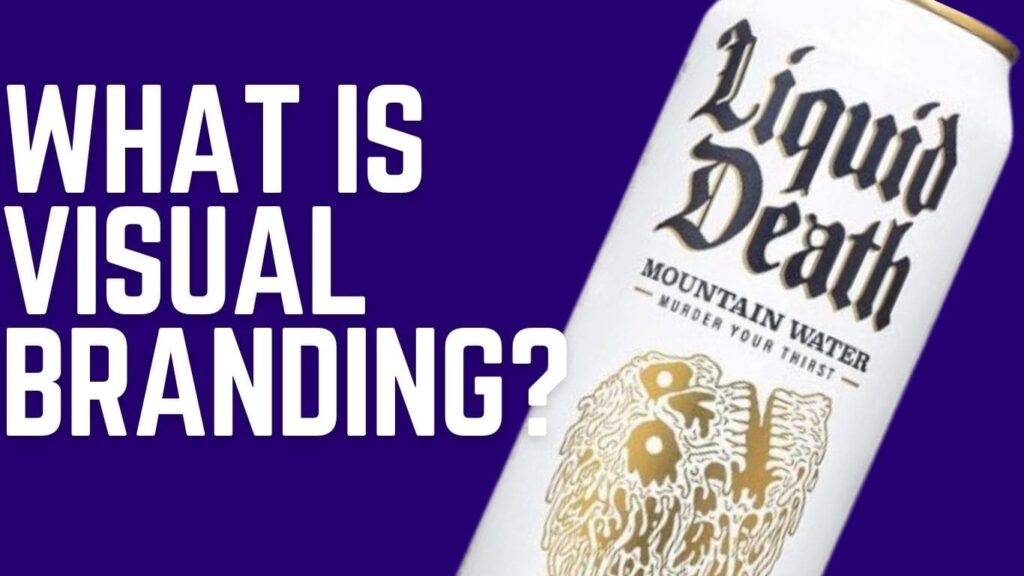What is Visual Branding?
Well a company that banked an incredible amount of 700 million dollars, just by selling water, will tell you how powerful Visual Branding is exactly.
A few days ago, I was lazily scrolling through Instagram watching reels and posts. I was just about to doze off when an Instagram post got my attention and I stuck around it for half an hour, researching and digging deep into it.
What was the post?
It was a post about a brand selling water – mind you “selling water” and making money close to 700 million. (The statistics had my eyeballs popping out)
Now, what comes to your mind when you think of water?
This👇

Or this 👇
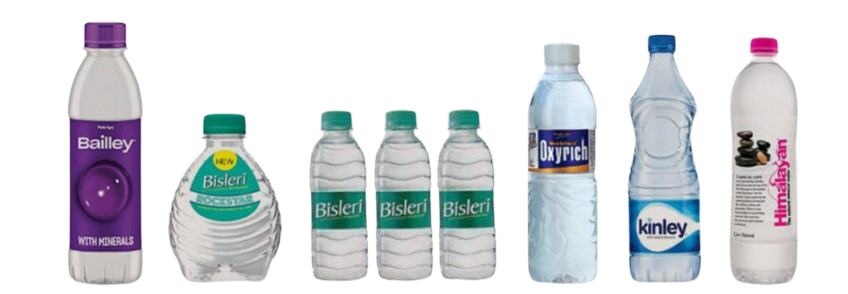
But one brand went to a different level, with its branding. A brand that extremely exploited the segment and earned a whooping 700 million.
THIS IS THE EXACT DEFINITION OF- WHAT IS VISUAL BRANDING TODAY!

A brand that disrupted the entire segment of bottled mineral water, by selling it in a can, and making millions of bucks.
That’s the power of Branding.
While their entire thought process of making their product look cool, extreme, brutal & packed full of personality- is Branding.
Visual branding is a part of it.
Visual branding definition:
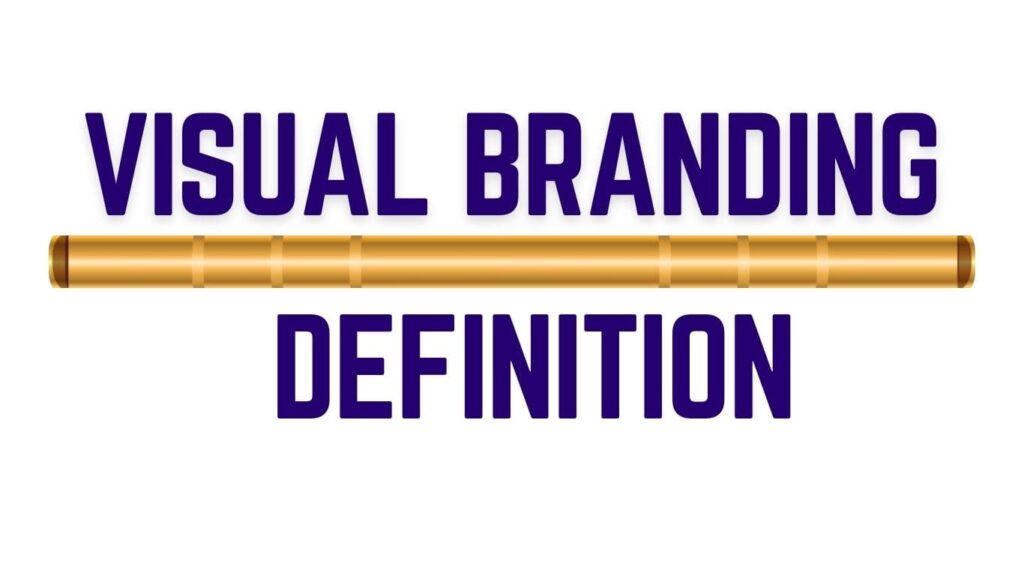
The strategic use of design elements like logo, color, typography, image, and other graphic elements, that gave the brand its personality and identity is what we call Visual Branding.
It is the process of using visual components and powerful design concepts to establish a unique and consistent visual identity for a business that creates a lasting impression on the minds of the people.
Visual branding is used in the company’s online and offline platforms, giving it uniformity throughout all its mediums.It creates a memorable visual experience for the consumers to recognize and engage with a brand across multiple platforms and touchpoints.
A good visual brand identity improves brand recall, setting the brand apart from its competition.
—————————
Coming back to the brand- Liquid Death:
When a company can sell plain water just by making branding/visual branding their strength, why not you?
It’s a shoutout to all the entrepreneurs out there hunting for the latest innovation, or the business owner who believes that age-old marketing tactics are making you enough money- pay close attention.
You don’t need an innovative product or service to go gangbusters & make money.
Or
If you think your product is well off without a visual brand identity.
Take a step forward to brand your product, and see the viral traction that follows.
Bask in the success of your business, with this one simple strategy.
Key components of visual branding include (Visual Branding Elements):
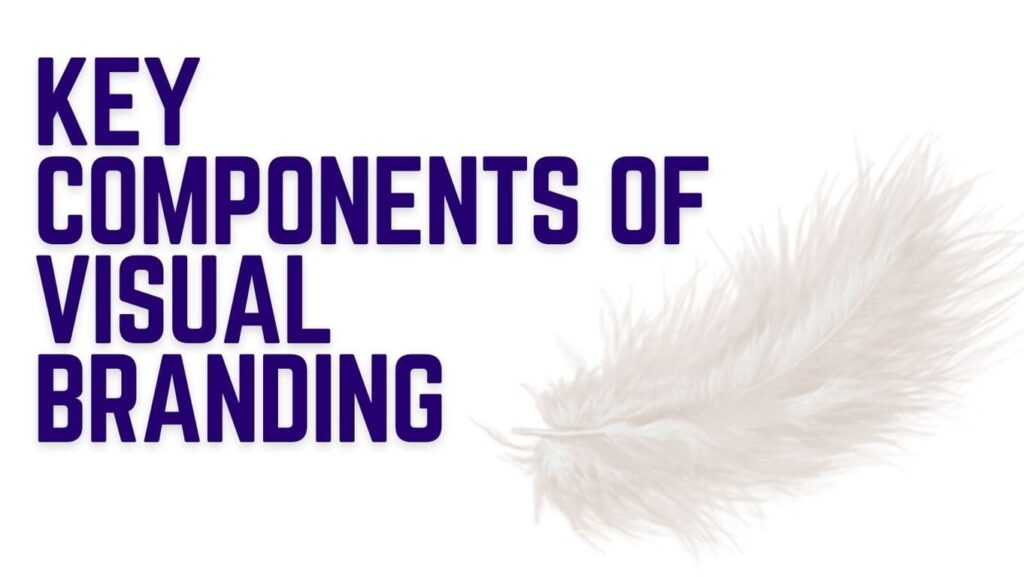
- Logo:
A distinct and identifiable symbol or wordmark that reflects the brand.
- Color Palette:
Use consistent brand colors to create a visual personality.
- Typography:
It refers to a consistent selection of fonts and text styles that convey the brand’s personality.
- Imagery and Photography Style:
A distinct approach to visuals, including picture selection, photography technique, and overall visual tone.
- Graphics and Icons:
Use consistent graphics and iconography to enhance the brand’s visual language.
- Layout and Design Principles:
A cohesive design approach that is consistently applied across various brand materials, such as websites, packaging, marketing collateral, and more.
Importance of crafting a consistent and uniform Visual Brand Experience across all touchpoints:
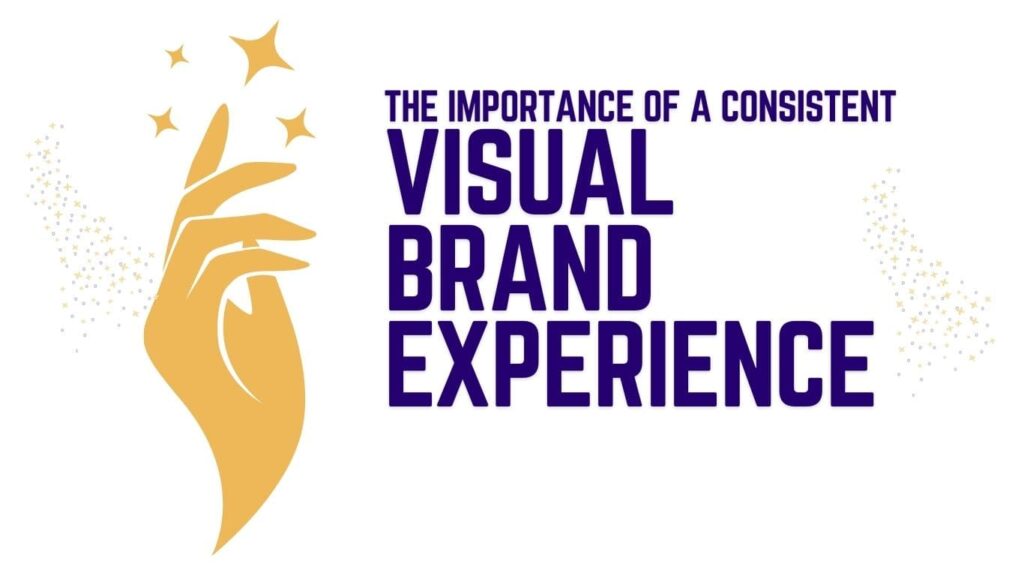
Crafting a consistent visual brand experience is crucial for building a strong and memorable brand identity. Here’s why uniformity across all touchpoints, including online and offline materials as well as social media platforms, is important:
- Brand Recognition:
Consistent visuals ensure immediate brand identification.
- Professionalism:
Uniformity across touchpoints conveys a sense of reliability and competence.
- Customer Experience:
A seamless transition between online, offline, and social media enhances customer interactions.
- Credibility:
Consistent branding contributes to perceived credibility and authority.
- Message Clarity:
Cohesive visuals help convey a clear and consistent brand message.
- Adaptability:
Consistency allows for adaptability across various mediums.
- Brand Loyalty:
Recognition fosters a connection, leading to customer loyalty.
- Competitive Edge:
A visually distinct brand stands out in a crowded market.
Challenges and Solutions in Visual Branding
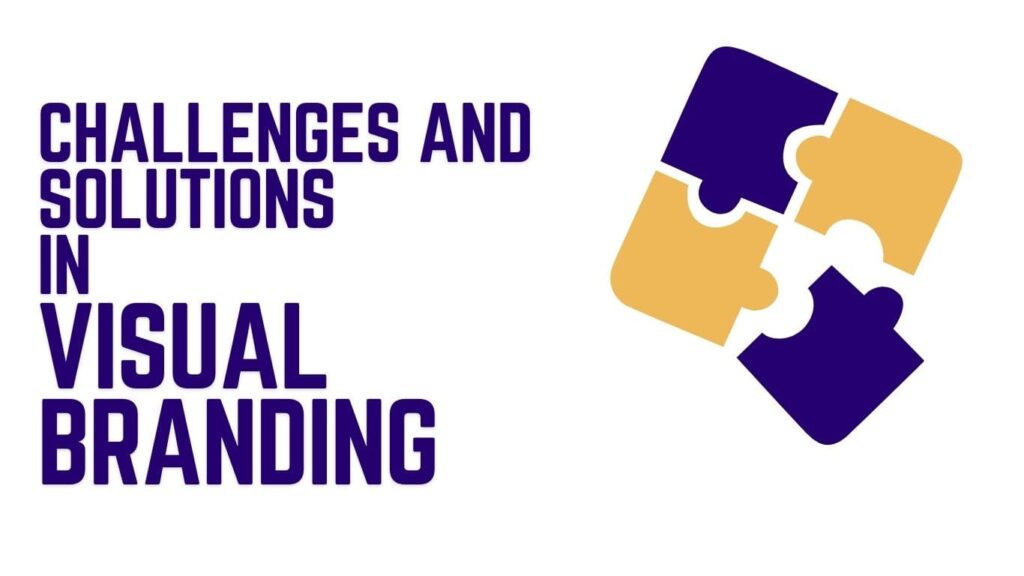
CHALLENGES:
- Inconsistency across Platforms:
Maintaining a consistent visual identity across diverse platforms can be challenging, leading to confusion and diluted brand recognition.
- Failing to Adapt to Evolving Design Trends:
A static visual identity that doesn’t evolve with design trends may make a brand appear outdated and disconnected.
SOLUTIONS:
- Regular Brand Audits and Updates:
Conduct periodic brand audits to identify inconsistencies and update visual elements accordingly. This ensures a cohesive brand image across platforms.
- Staying Abreast of Design and Industry Trends:
Continuously monitor design and industry trends to adapt the visual identity. Integrating fresh design elements helps the brand stay relevant and appealing.
By addressing these challenges through proactive measures, brands can maintain a strong, consistent, and contemporary visual presence
Brands that Master Visual Branding
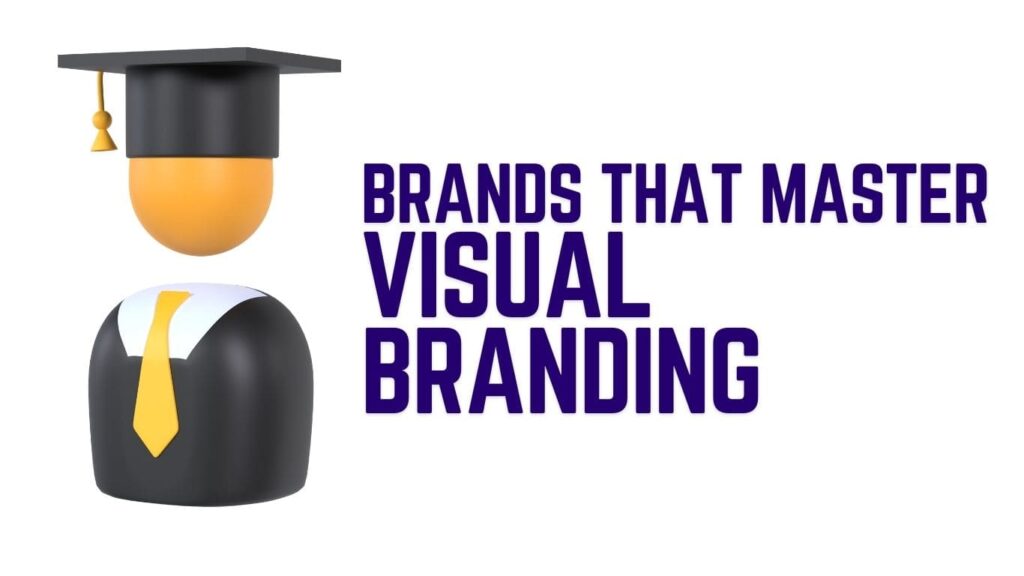
Iconic brands with timeless visual identities
- Nike: Nike’s swoosh emblem and persistent use of bold, dramatic imagery have established the brand as a global symbol of athletics and innovation.
- Coca-Cola: Coca-Cola’s classic red and white color scheme, paired with the distinctive script font, provides a globally recognised and emotionally resonant brand image.
- Apple: Apple is well-known for its minimalist style, which extends from its products to its marketing materials, instilling a sense of sophistication and cutting-edge technology.
Emerging brands that effectively use visual branding for growth
- Airbnb: Airbnb has effectively established a distinct and recognizable visual identity with its distinctive logo and constant use of vivid, welcoming imagery that reflects the brand’s commitment to hospitality and diversity.
- Slack: As a communication tool, Slack’s visual branding is simple, playful, and approachable. The use of brilliant colors and simple images emphasises the brand’s user-friendliness and collaborative character.
- Dollar Shave Club: To stand out in a competitive industry, this subscription grooming firm uses a clever and powerful visual identity, mixing hilarious marketing campaigns with distinctive packaging.
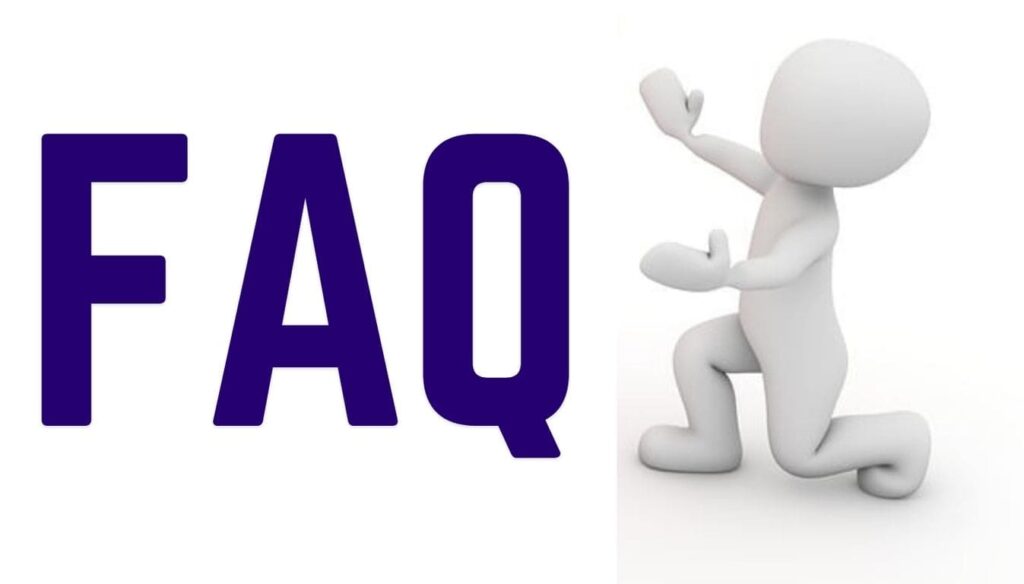
FAQ’s answered for a quick glance:
What is a visual brand identity?
A brand visual identity is the use of design elements like logos and colors to create a consistent brand image.
Why is consistency when using visual branding elements necessary?
Consistency ensures immediate recognition and fosters trust, building a strong and cohesive brand identity.
What to include in a visual branding outline?
A visual branding outline should cover logos, colors, typography, and other design elements to maintain a cohesive brand image.
Define visual branding?
Visual branding is the strategic use of design elements to create a recognizable and consistent brand identity.
Visual branding checklist?
A visual branding checklist includes items like logo usage, color guidelines, typography, and imagery standards to maintain brand consistency.
What is visual identity and branding in design?
Visual identity and branding in design are the consistent visual representations of a company’s values and personality through elements like logos, colors, and typography

Signing Off:
The key elements of visual branding play a primary role in shaping a brand’s identity and perception. Consistency across platforms, adaptation to design trends, and a timeless visual identity (interlinking all the key components together) is visual branding meaning in the true sense, that contributes to a brand’s success.
So connect with us now, and we will help you recognize/recover your brand’s visual identity, that has your consumers go awe.
Call now: Talking to us over a call is absolutely free.
Also Read- Visual Identity vs Brand Identity
